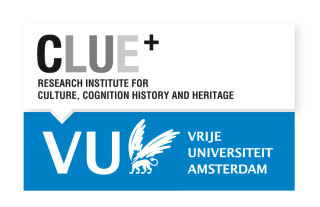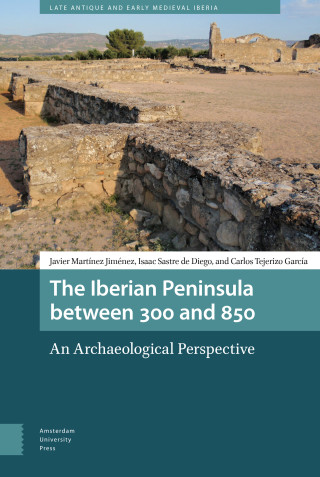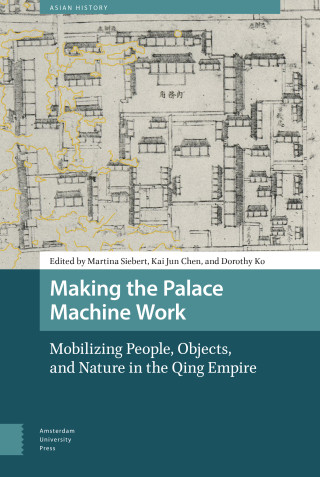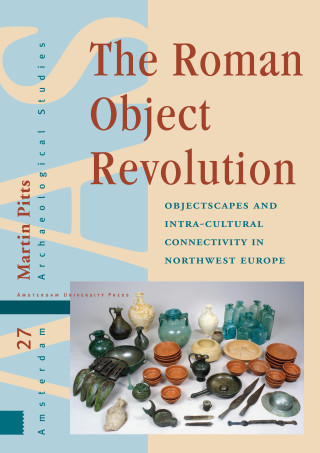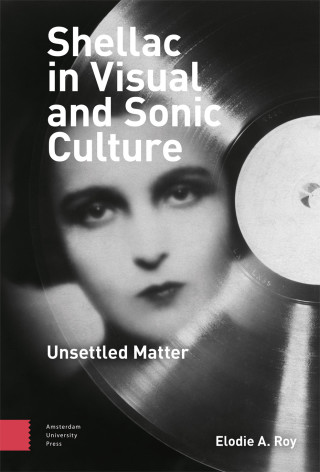Astrid van Oyen
Astrid Van Oyen is Assistant Professor of Classical Archaeology at Cornell University. Her interests concern the archaeology and history of Roman Italy and the Western Provinces, with a focus on empire and imperialism, materiality, and socio-economics. She has written about post-colonialism, networks, Roman villas, and city-countryside relations. She is the PI of the Marzuolo Archaeological Project (MAP), investigating dynamics of rural innovation in Roman Italy.


